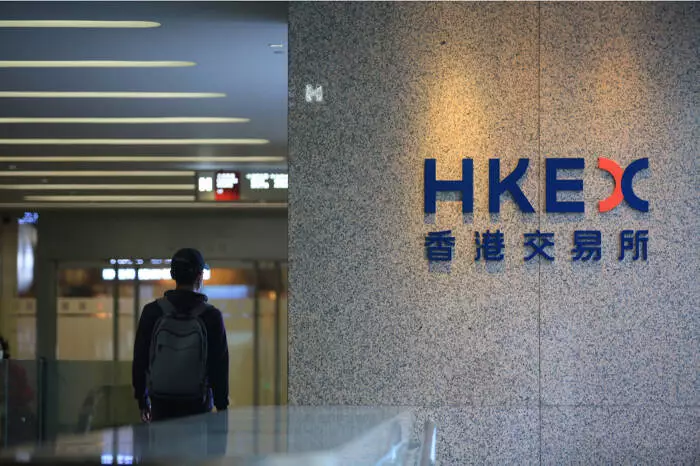The Hang Seng Index recently experienced a significant upswing, marking a noteworthy performance with a weekly gain of 4.49%. This surge marks the Index’s best weekly performance since October, driven primarily by easing trade tensions and notable advancements in the artificial intelligence sector within China. The investor mood brightened as tech stocks led the charge, with the Hang Seng Tech Index soaring by 9.03%, achieving its fourth consecutive week of gains. Among the standout performers were major tech firms Tencent and Alibaba, which saw their stock prices increase by 6.36% and an impressive 13.25%, respectively. Such growth signals a strong recovery in investor confidence, likely spurred by optimistic forecasts surrounding the long-term potential of AI technologies.
Interestingly, the positive sentiment did not extend uniformly across all economic indicators. Market participants seemed to overlook the weaker-than-anticipated private sector purchasing managers’ index (PMI) figures, with China’s Caixin Manufacturing PMI dipping slightly from 50.5 in December to 50.1 in January. The Services PMI also displayed a downward trend, falling to 51.0 from the previous month’s 52.2. This could suggest that while investors are optimistic about the future, underlying economic conditions may need closer scrutiny.
Turning our attention to commodities, the performance in this sector has been somewhat dichotomous. Notably, gold has continued its upward trajectory, marking its sixth consecutive weekly rise with a reported increase of 2.25%, settling at $2,860. Intriguingly, gold prices did reach an all-time high of $2,887 before experiencing some retraction. The situation surrounding iron ore was slightly different, with spot prices gaining 0.98% to reach $813.68, largely fueled by hopes that a heated trade scenario between China and the U.S. could be avoided.
Contrasting with these upward trends, crude oil prices experienced a downturn as U.S. inventories surged and former President Trump issued threats concerning new tariffs on nations retaliating against U.S. import duties. This situation brewed further uncertainty in the markets, as those developments unfolded after the close of trading in Asian markets on Friday.
The Australian market, represented by the ASX 200, recorded a minor drop of 0.24% in the week ending February 7; however, several sectors, including banking, mining, gold, and technology, provided crucial support. For instance, Northern Star Resources rallied 2.49% in line with rising gold prices. Additionally, a decline in U.S. Treasury yields appeared to uplift demand for Australian banks, illustrated by the notable progresses of National Australia Bank and Commonwealth Bank of Australia, with increases of 1.40% and 1.31%, respectively.
Japanese markets, on the other hand, faced headwinds with the Nikkei Index dropping by 1.03%. Economic data from Japan fueled speculation regarding a potential second rate hike by the Bank of Japan in the first half of 2025. Key statistics showed an increase in average cash earnings by 4.8% year-on-year in December, indicating a possible wage growth that could impact domestic consumption positively. However, household spending saw a 2.7% annual rise, contrasting recent declines, suggesting a mixed bag for the economy.
As we look ahead, Asian markets may face a period of volatility. Trump’s threats concerning tariffs on nations retaliating against U.S. trade measures could exacerbate ongoing trade tensions, particularly affecting investor sentiment. The possibility of an escalation in the ongoing U.S.-China trade war remains a critical risk factor that could put downward pressure on Asian indices.
However, it is vital to consider both central bank guidance and forthcoming economic indicators in navigating this complex landscape. Earnings reports from significant players like Softbank Group, ANZ Holdings, and Sony Corp. will provide further insight into the health of both the Japanese and Australian markets. Central banks’ monetary policy expectations, particularly regarding the BoJ’s hawkish stance and the Reserve Bank of Australia’s potential rate cuts, will play a pivotal role in guiding market trends.
While optimism prevails in sectors like technology and commodities, close attention should be paid to evolving market dynamics and economic fundamentals to effectively respond to the shifting landscape.

